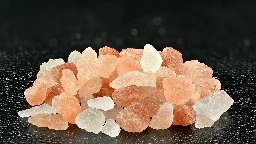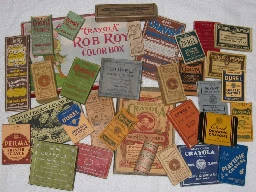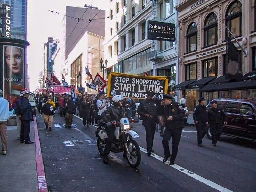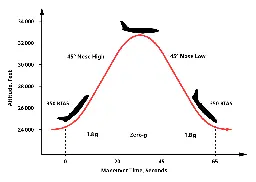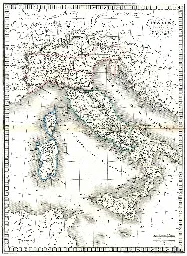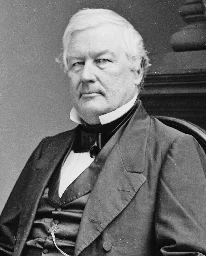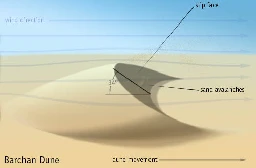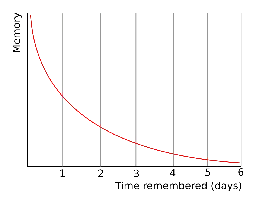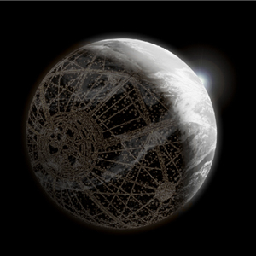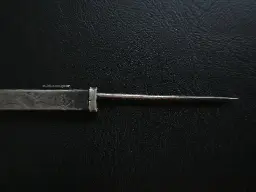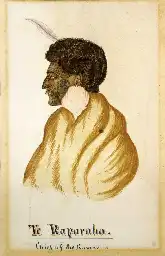Wikipedia
- Mongolian spot
> They occur in around 80% of Asians, and 80% to 85% of Native American infants. Approximately 90% of Polynesians and Micronesians are born with slate grey nevus, as are about 46% of children in Latin America, where they are associated with non-European descent. These spots also appear on 5–10% of babies of full Caucasian descent. African American babies have slate grey nevus at a frequencies of 90% to 96%.
- Bilderberg Meeting - Wikipedia
literally everyone already knows about this, and knows that's it's actually nothing at all
- Wikipedia:Every edit must stand on its own feet
> > > Notice how Edith, who goes by her nickname "Edit", prefers to stand on her own feet. > >
- Millard Fillmore
>Millard Fillmore (January 7, 1800 – March 8, 1874) was the 13th president of the United States, serving from 1850 to 1853, and was the last president to have been a member of the Whig Party while in office. A former member of the U.S. House of Representatives, Fillmore was elected the 12th vice president in 1848, and succeeded to the presidency when Zachary Taylor died in July 1850. Fillmore was instrumental in passing the Compromise of 1850, which led to a brief truce in the battle over the expansion of slavery.
- Bohemian Grove - Wikipedia
You've never heard of this because you weren't supposed to.
- Caltrop
A caltrop (also known as caltrap, galtrop, cheval trap, galthrap, galtrap, calthrop, jackrock or crow's foot) is an area denial weapon made up of usually four, but possibly more, sharp nails or spines arranged in such a manner that one of them always points upward from a stable base (for example, a tetrahedron). Historically, caltrops were part of defences that served to slow the advance of troops, especially horses, chariots, and war elephants, and were particularly effective against the soft feet of camels. In modern times, caltrops are effective when used against wheeled vehicles with pneumatic tires.
- Methyl group
In organic chemistry, a methyl group is an alkyl derived from methane, containing one carbon atom bonded to three hydrogen atoms, having chemical formula CH3 (whereas normal methane has the formula CH4). In formulas, the group is often abbreviated as Me. This hydrocarbon group occurs in many organic compounds. It is a very stable group in most molecules. While the methyl group is usually part of a larger molecule, bonded to the rest of the molecule by a single covalent bond (−CH3), it can be found on its own in any of three forms: methanide anion (CH−3), methylium cation (CH+3) or methyl radical (CH•3). The anion has eight valence electrons, the radical seven and the cation six. All three forms are highly reactive and rarely observed.[1]
- Civil disobedience
>Civil disobedience is the active, and professed refusal of a citizen to obey certain laws, demands, orders or commands of a government (or any other authority). By some definitions, civil disobedience has to be nonviolent to be called "civil". Hence, civil disobedience is sometimes equated with peaceful protests or nonviolent resistance.[1][2] Henry David Thoreau's essay Resistance to Civil Government, published posthumously as Civil Disobedience, popularized the term in the US, although the concept itself has been practiced longer before. > >Various forms of civil disobedience have been used by prominent activists such as American women's suffrage leader Susan B. Anthony in the late 19th century, Egyptian nationalist Saad Zaghloul during the 1910s, and Indian nationalist Mahatma Gandhi in 1920s British India as part of his leadership of the Indian independence movement. Martin Luther King Jr.'s and James Bevel's peaceful nonviolent protests during the civil rights movement in the 1960s United States sometimes contained important aspects of civil disobedience. Although civil disobedience is rarely justifiable in court,[3] King regarded civil disobedience to be a display and practice of reverence for law: "Any man who breaks a law that conscience tells him is unjust and willingly accepts the penalty by staying in jail to arouse the conscience of the community on the injustice of the law is at that moment expressing the very highest respect for the law."[4]
- Clonally transmissible cancer
"A transmissible cancer is a cancer cell or cluster of cancer cells that can be transferred between individuals without the involvement of an infectious agent, such as an oncovirus. The evolution of transmissible cancer has occurred naturally in other animal species, but human cancer transmission is rare. This transfer is typically between members of the same species or closely related species."



